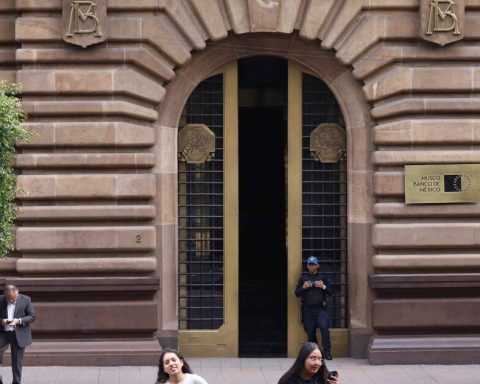But the war between Russia and Ukraine moved all projections and one of the most affected will be the pockets of Mexicans.
According to Banxico, now price stability will be more feasible towards the second quarter, but from 2023.
For the period January-March of this year, the strongest impact is expected, on average, with an annual change in inflation of 7.2%. For the following three months, 6.9%; in the third quarter, 6.1%, and will close the fourth with 5.5%.
Already entered the following year, inflation is forecast at 4.5% and between April and June it is expected to return to the targets (3%, with a tolerance of +/-1%), standing at 3.4%.
In its most recent monetary policy decision, in which it raised the interest rate from 6% to 6.50%, the Bank of Mexico reported that the balance of risks for this indicator deteriorated and remains biased upwards.
Among the factors that may negatively affect the behavior of the indicator are the persistence of underlying inflation at high levels, external pressures derived from the pandemic, greater impacts on agricultural and energy prices due to the Russia-Ukraine conflict, and the exchange rate depreciation.
At the opening of the 85th Banking Convention, the Governor of Banxico, Victoria Rodríguez said that the world and, above all, the central banks, are immersed in a situation not seen in nearly four decades.
“Inflation figures for most economies are at levels not seen since the 1980s.
“This is the result of shocks caused by the health emergency, as well as by the effects of greater demand in the face of stimulus policies to cushion the effect of the pandemic in advanced countries and, more recently, by those caused by the war between Russia and Ukraine”.
The chief economist of Citibanamex, Adrián de la Garza, said in a meeting with the media that it rains for Mexico because after the pandemic and the weak growth that is observed, the high inflation that is going through must also be considered.
Inflation is considered a tax on the poor, because it is this social stratum of the population that most suffers from the effect of this indicator on its purchasing power and on the purchasing decisions of families.
Basic goods and services such as domestic LP gas, low-octane gasoline, electricity, onions, eggs, tortillas and avocados, are among those that have seen the most upward price variations in recent reports.















